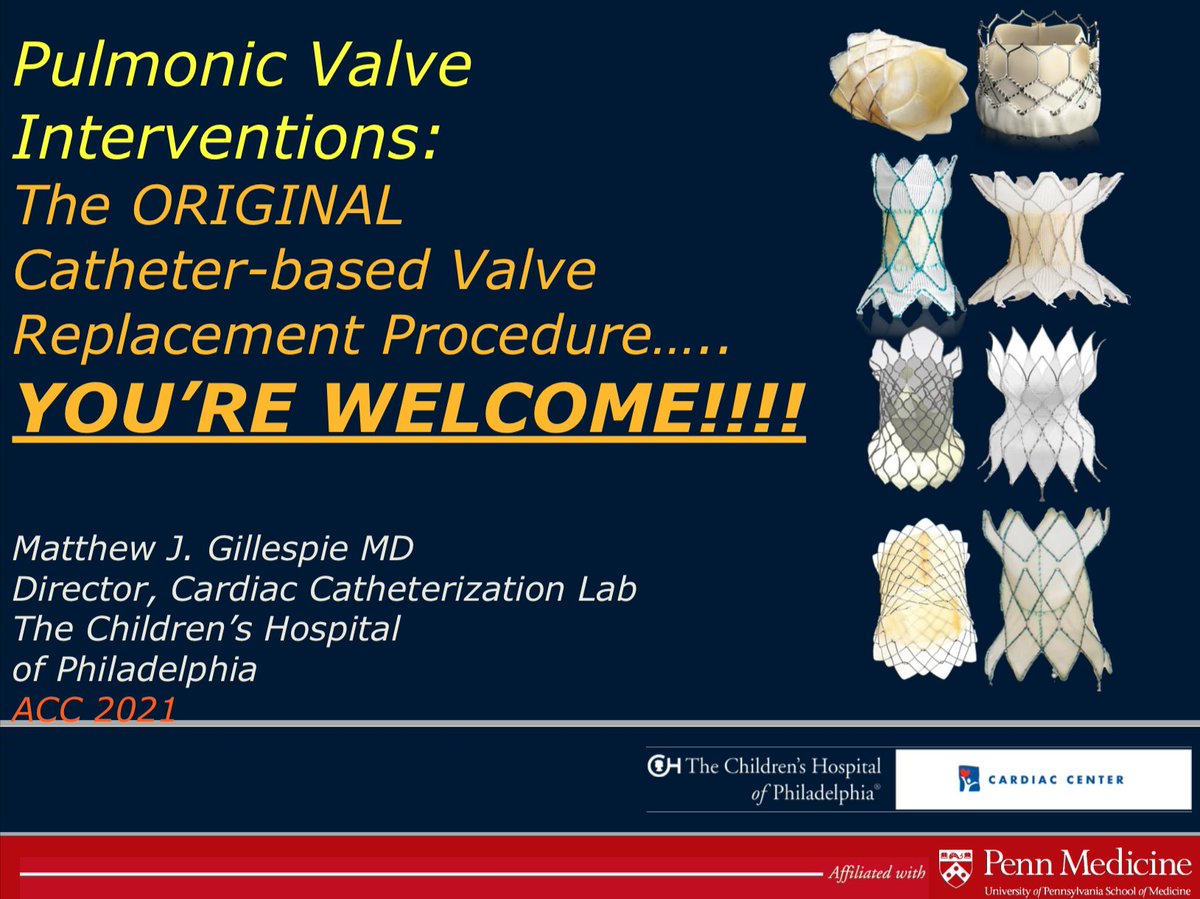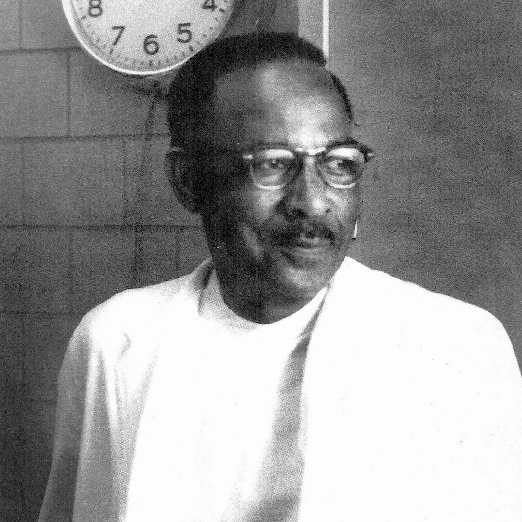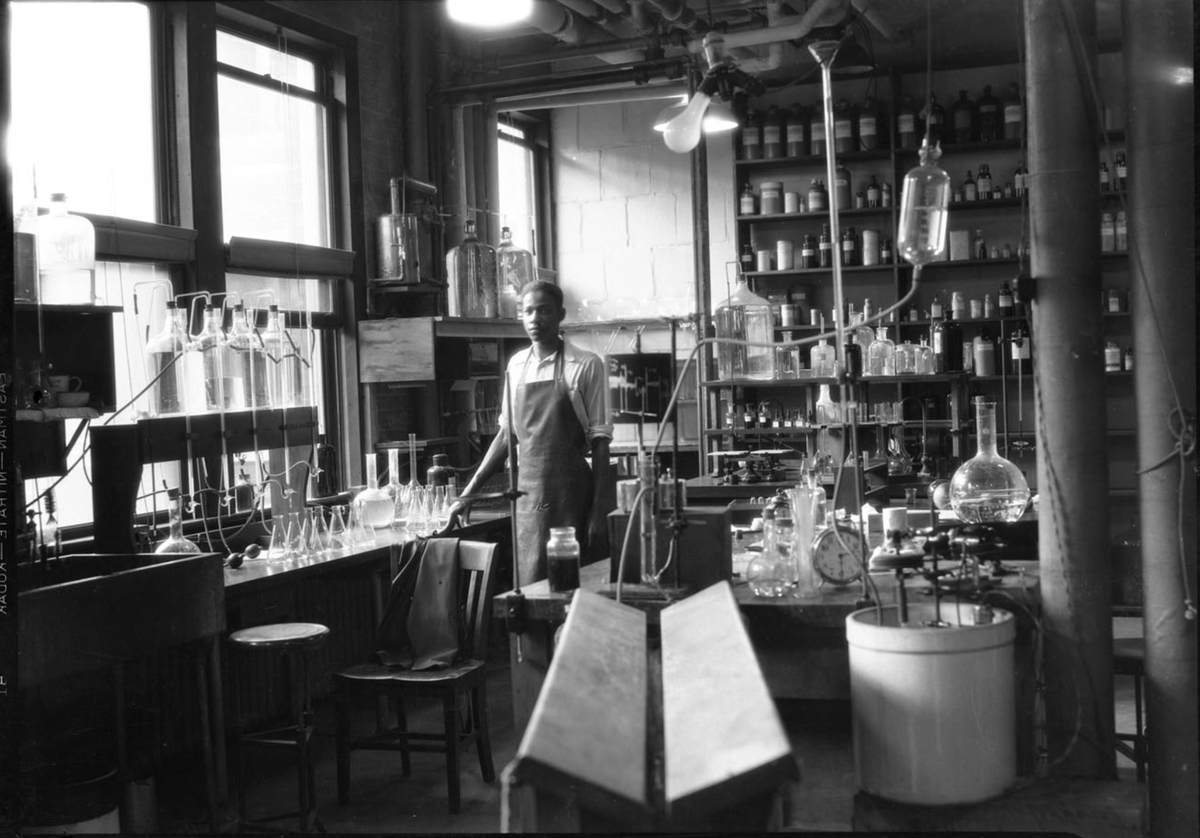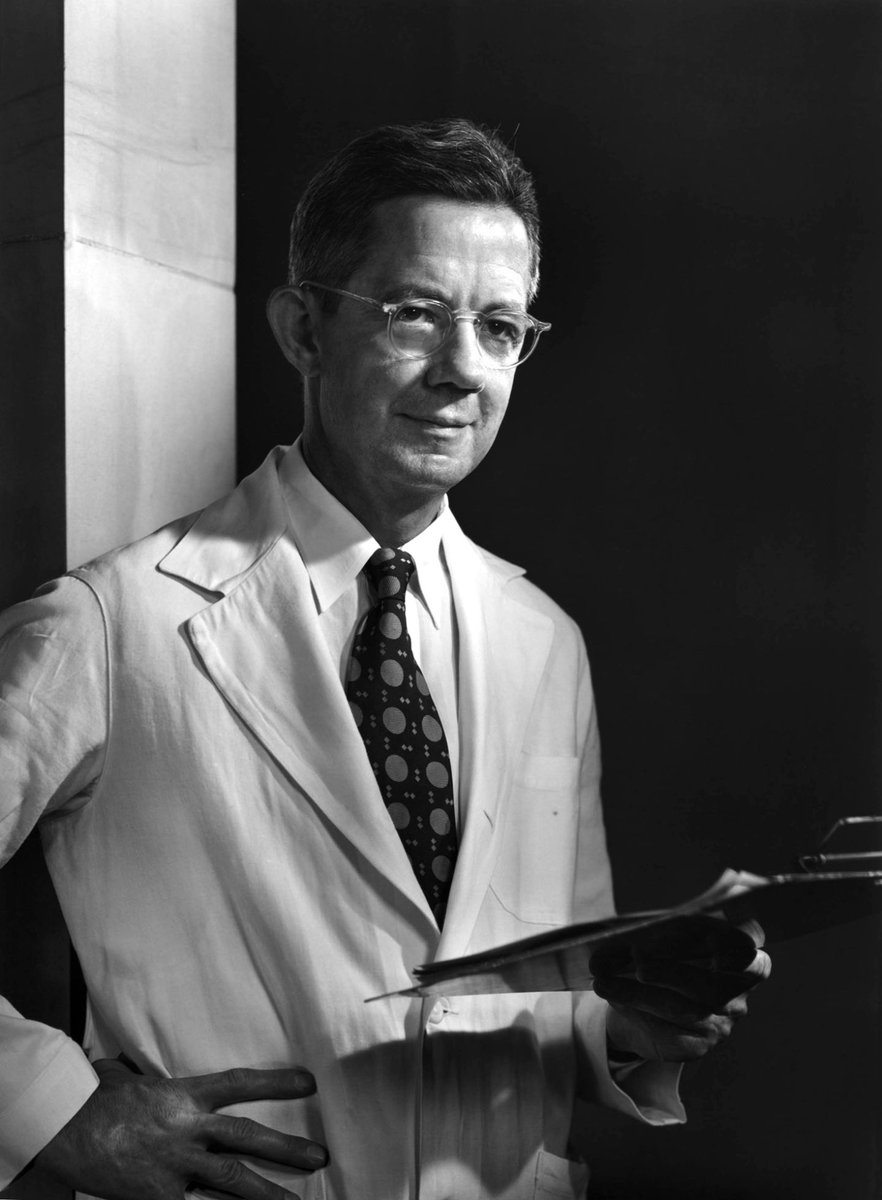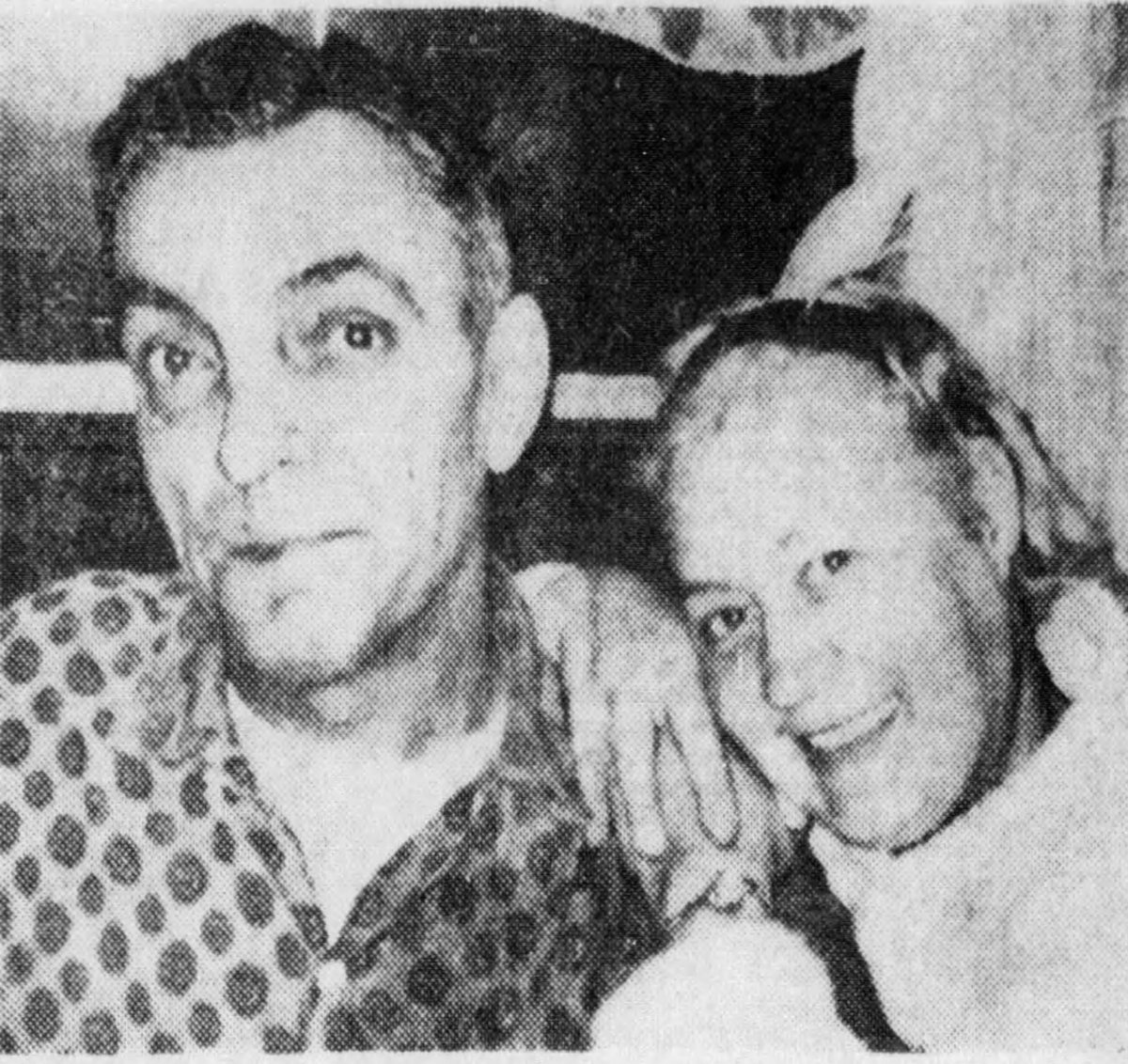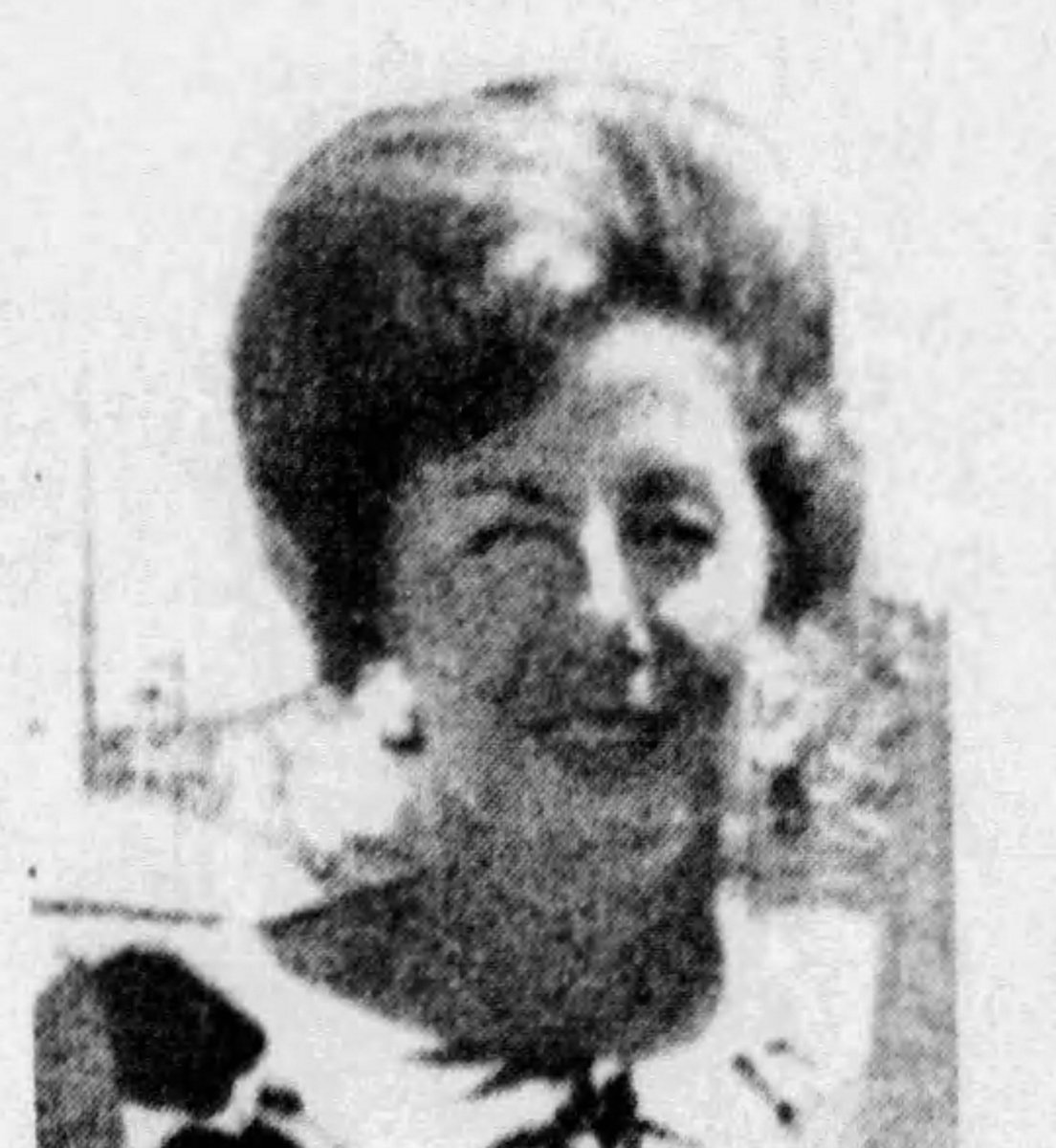
Here are a couple of #ACC21 posters on pregnancy outcomes for women with heart disease, one from @LLUHealth on #CHD with RVOT dysfunction and one from @HopkinsMedicine on valvular heart disease, worth checking out. @doctorpianist @AllisonGHaysMD @kalamityjack #CardioObstetrics 



In @abbykhanmd's talk Saturday, she highlighted three commonly used risk models for predicting adverse outcomes in pregnant women with heart disease: the modified WHO criteria, CARPREG II, and ZAHARA. #ACC21
https://twitter.com/FredWuMD/status/1393603856907612172?s=20
Generally speaking, left-sided obstructive lesions (AS/MS) are known to impart the highest risk, while pulmonary valve disease and aortic regurgitation are regarded as relatively low risk and MR/TR fall somewhere in between. #ACC21
@Doctorpianist et al. share their experience from 35 pregnancies in women with #CHD (mostly congenital PS or TOF) and RVOT dysfunction (mostly obstruction). Pre-eclampsia was more common than in controls, as was chronic HTN, but pregnancy reportedly well-tolerated. #ACC21 

@DrAnumMinhas et al. identified pregnancies complicated by maternal valvular disease from the NIS. While their results confirm high risk of maternal CV complications in AS and MS, the risk of adverse outcomes in AR and TR is surprisingly high. Risk in PS seems increased as well. 

Of course, important nuances and comorbidities are hard to capture in a big database like NIS, but these results suggest to me that we should consider referral to a #CardioObstetrics program in any pregnant woman with valve disease. What do others think of these abstracts? #ACC21
• • •
Missing some Tweet in this thread? You can try to
force a refresh






